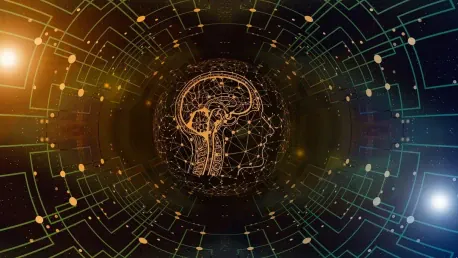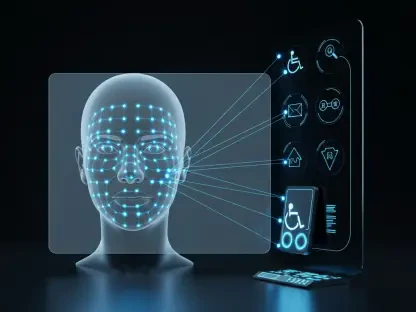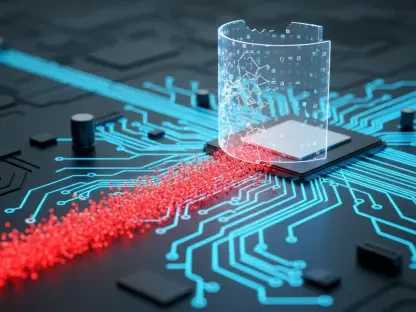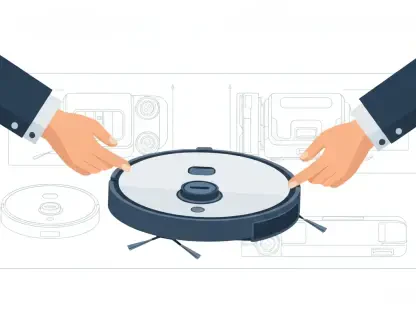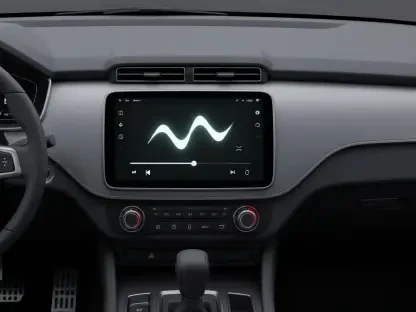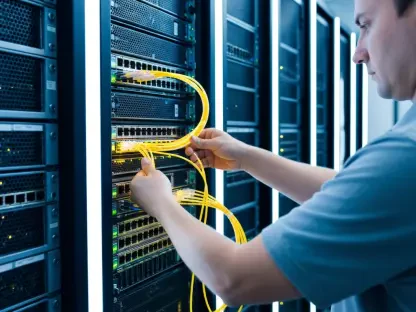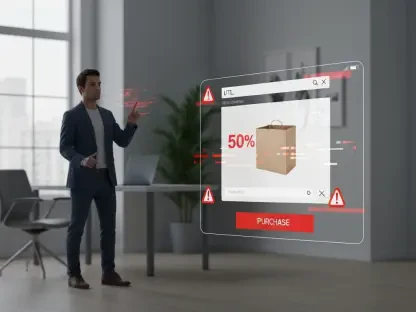Artificial intelligence (AI) has become a buzzword in modern discussions about technology and the future of work. While AI promises to revolutionize various industries, its impact on labor is a contentious issue. Many argue that AI could lead to massive job losses, while others believe it will create new opportunities for workers. However, there is a growing concern that AI is primarily being used as a tool to reduce labor costs and degrade jobs by breaking down skilled labor into simpler, less skilled tasks. This article explores whether AI is primarily a tool for reducing labor costs and degrading jobs, delving into historical patterns, current practices, and future implications.
Historical Context of Technological Advancements and Labor
Since the Industrial Revolution, technological advancements have often led to the degradation of human labor rather than its abolition. For example, machinery introduced in the textile industry allowed employers to replace skilled weavers with less skilled machine operators, thereby reducing labor costs. This trend has allowed employers to cut labor expenses and maintain control over the workforce. The introduction of electronic digital computers in the mid-20th century aimed to cut clerical payroll costs by replacing skilled workers with poorly paid operators of key-punch machines. This historical pattern raises questions about whether AI is just the latest tool in a long line of technologies used to deskill labor and reduce costs.
These technological changes are often framed as inevitable progress, but they have consistently served the interests of capital at the expense of labor. By breaking down skilled labor into simpler tasks, employers can hire less skilled, and therefore cheaper, workers. This process not only reduces labor costs but also increases employers’ control over the workforce, as less skilled workers are generally less able to organize and negotiate better working conditions. The historical context of technological advancements and labor degradation provides a valuable lens through which to examine the current impact of AI on jobs and work conditions.
The Concept of AI and Its Applications
AI is not a single technology but a broad concept encompassing various methods and technologies designed to mimic human intelligence. Machine learning and artificial neural networks are key components of AI, used to find patterns in large datasets and make predictions. Chatbots like ChatGPT use immense computational power and vast amounts of data to generate human-like responses. However, these systems are energy-intensive, expensive, and heavily reliant on human input for training and labeling data. Understanding the nature of AI and its applications is crucial for analyzing its impact on labor and employment.
Despite the promise of AI to revolutionize industries and improve efficiency, its deployment often leads to job simplification rather than enhancement. For instance, in customer service, AI chatbots are increasingly used to handle routine inquiries, reducing the need for human customer service representatives. While this can increase efficiency and reduce costs for employers, it also leads to the deskilling of jobs, as more complex tasks are either automated or broken down into simpler tasks that can be performed by less skilled workers. This trend raises important questions about the future of work and whether AI will ultimately benefit or harm workers in the long run.
AI’s Role in Labor Process Control
AI and machine learning have been deployed to exert control over labor processes, often leading to increased surveillance and job simplification. In various industries, algorithms are used to monitor and speed up workers, creating a digital factory environment. Amazon’s use of algorithms to drive warehouse workers and ride-hailing apps that push drivers to complete tasks faster are prime examples of this trend. These practices break down jobs into simpler, less-skilled tasks, reducing the need for skilled labor and lowering labor costs. The use of AI in labor process control raises significant concerns about worker autonomy, job satisfaction, and the future of skilled labor.
The increasing use of AI to monitor and control workers has also led to concerns about worker privacy and autonomy. In many cases, algorithms are used to track worker performance and behavior, creating a high-pressure environment where workers are constantly monitored and evaluated. This can lead to increased stress and job dissatisfaction, as workers feel they have little control over their work environment. Moreover, the simplification of jobs through AI-driven processes can devalue skilled labor, as tasks that once required specialized knowledge and expertise are reduced to routine and repetitive actions that can be performed by less skilled workers.
The Illusion of AI-Driven Processes
Employers often use AI to obscure the presence of human labor, creating the illusion that tasks are entirely automated. This practice, known as “ghost work,” involves poorly paid workers in the Global South performing tasks behind a digital facade. These workers are essential to the functioning of AI systems, yet their contributions are hidden, maintaining the illusion of AI-driven processes. This not only devalues their labor but also perpetuates the myth of AI as a monolithic force of technological progress. The concept of ghost work highlights the often invisible labor that underpins AI technologies, challenging the narrative that AI is entirely autonomous.
The use of ghost work allows employers to present AI technologies as more advanced and autonomous than they actually are, obscuring the human effort and labor that goes into maintaining these systems. By hiding the contributions of human workers, employers can justify the continued deployment of AI technologies while minimizing labor costs and avoiding accountability for the working conditions of those who perform ghost work. This practice raises important ethical questions about transparency, fairness, and the value placed on human labor in the age of AI.
The Automation Discourse and Its Impact on Labor
The automation discourse that emerged post-World War II suggested that technological progress would inevitably lead to the abolition of human labor. This narrative helped employers implement changes that degraded work and weakened unions, as labor was often hesitant to oppose technological advancements for fear of being labeled anti-progress. This discourse continues to influence how AI is perceived and implemented in the workplace, often to the detriment of workers. By understanding the historical roots and ongoing impact of the automation discourse, workers and labor unions can better navigate the challenges posed by AI technologies.
The automation discourse has also shaped public perceptions of AI and its potential impact on jobs and work. The narrative that technological progress is inevitable and inherently beneficial has made it difficult for workers to critique AI implementations without being seen as anti-progress. This has allowed employers to push through changes that degrade work and erode job quality, often with little resistance from workers or labor unions. By challenging the automation discourse and highlighting the material impact of AI on jobs and work conditions, workers can advocate for more equitable and fair technological deployments.
The Need for Democratic Governance of Technological Changes
Workers and labor unions need to disentangle the rhetoric of technological progress from the actual material changes in the labor process. Technological changes should be viewed as aspects of the workplace subject to democratic governance rather than inevitable progress. This perspective would empower workers to negotiate technological implementations and reclaim some control over their working conditions. By understanding AI as a tool manipulated by those in power, workers can better protect themselves from further exploitation and degradation. Democratic governance of technological changes is essential for ensuring that AI and other technologies are used in ways that benefit workers rather than solely serving the interests of capital.
Democratic governance of technological changes also involves ensuring transparency and accountability in the deployment of AI systems. Workers should have a say in how AI technologies are implemented and used in their workplaces, and there should be mechanisms for holding employers accountable for the impact of these technologies on jobs and work conditions. By advocating for democratic governance and greater worker involvement in technological decision-making, labor unions can help ensure that AI is used in ways that enhance, rather than degrade, work and employment.
Reclaiming Control Over Work Environments
Artificial intelligence (AI) has become a popular topic in discussions about technology and the future of work. While AI holds potential to transform various industries, its effect on employment remains a highly debated issue. Some argue that AI could trigger widespread job losses, while others maintain it will generate new opportunities for workers. A growing concern, however, is that AI is mainly being utilized as a tool to cut labor costs and devalue jobs by breaking down skilled labor into simpler, less skilled tasks.
Historically, advancements in technology have often led to changes in the job market, replacing certain jobs but also creating new ones. The question is, will AI follow this pattern, or will it primarily serve to reduce costs at the expense of job quality? Current practices suggest a mixed outcome: while some companies use AI for innovation and enhancing productivity, others use it to automate tasks, reducing the need for skilled labor.
Looking forward, the implications of AI on the workforce are significant. It has the potential to either uplift the job market by creating new, high-tech positions or degrade it by rendering many roles obsolete and turning skilled tasks into automated processes. As we continue to integrate AI into various industries, it’s crucial to consider its long-term impact on employment and strive for a balance that promotes both technological advancement and job preservation.
